Alexander Apóstol, Pedro Cabrita Reis, Carmen Calvo, José Pedro Croft, Milagros De La Torre, Ferrán García Sevilla, Xavier Grau, James Lee Byars, Eva Lootz, Miquel Navarro, Juan Navarro Baldeweg, José Noguero, Adolfo Schlosser, Susana Solano, Juan Uslé, Gilberto Zorio
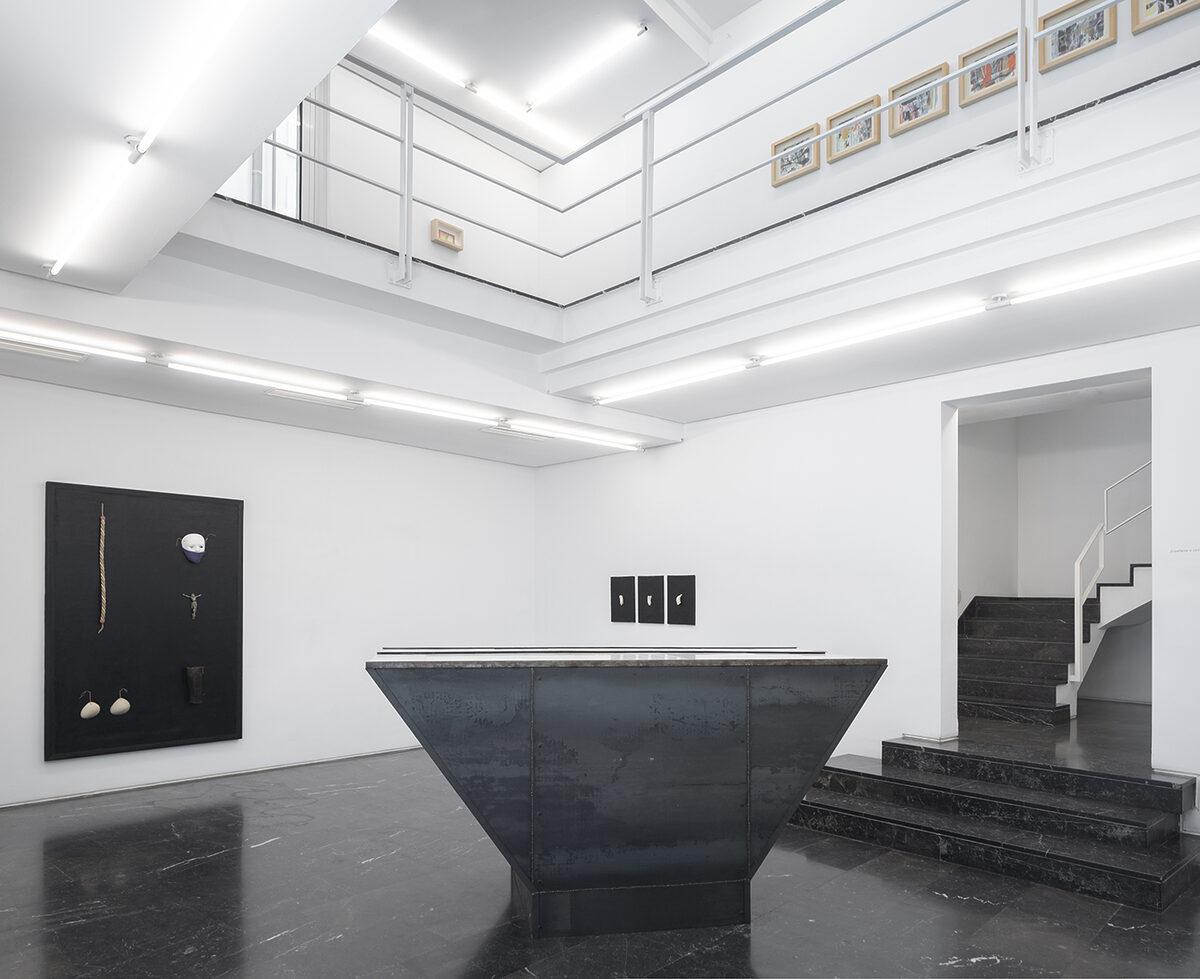
Enséñame a vivir, 2021
Enséñame a vivir, 2021. Room 1 General view
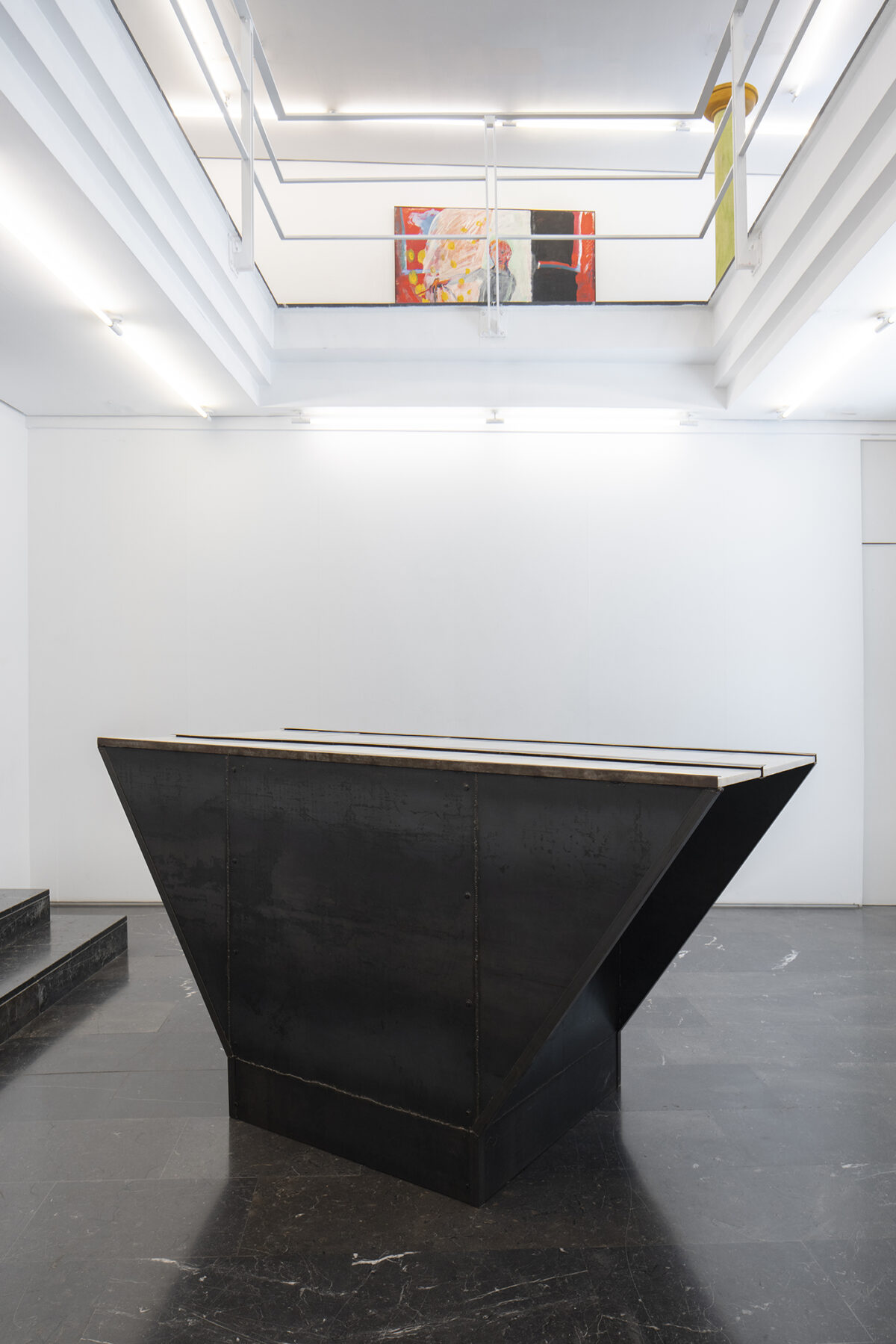
Enséñame a vivir, 2021
Susana Solano. Fa el 8, 1989. Iron and marble. 123 x 240 x 103 cm
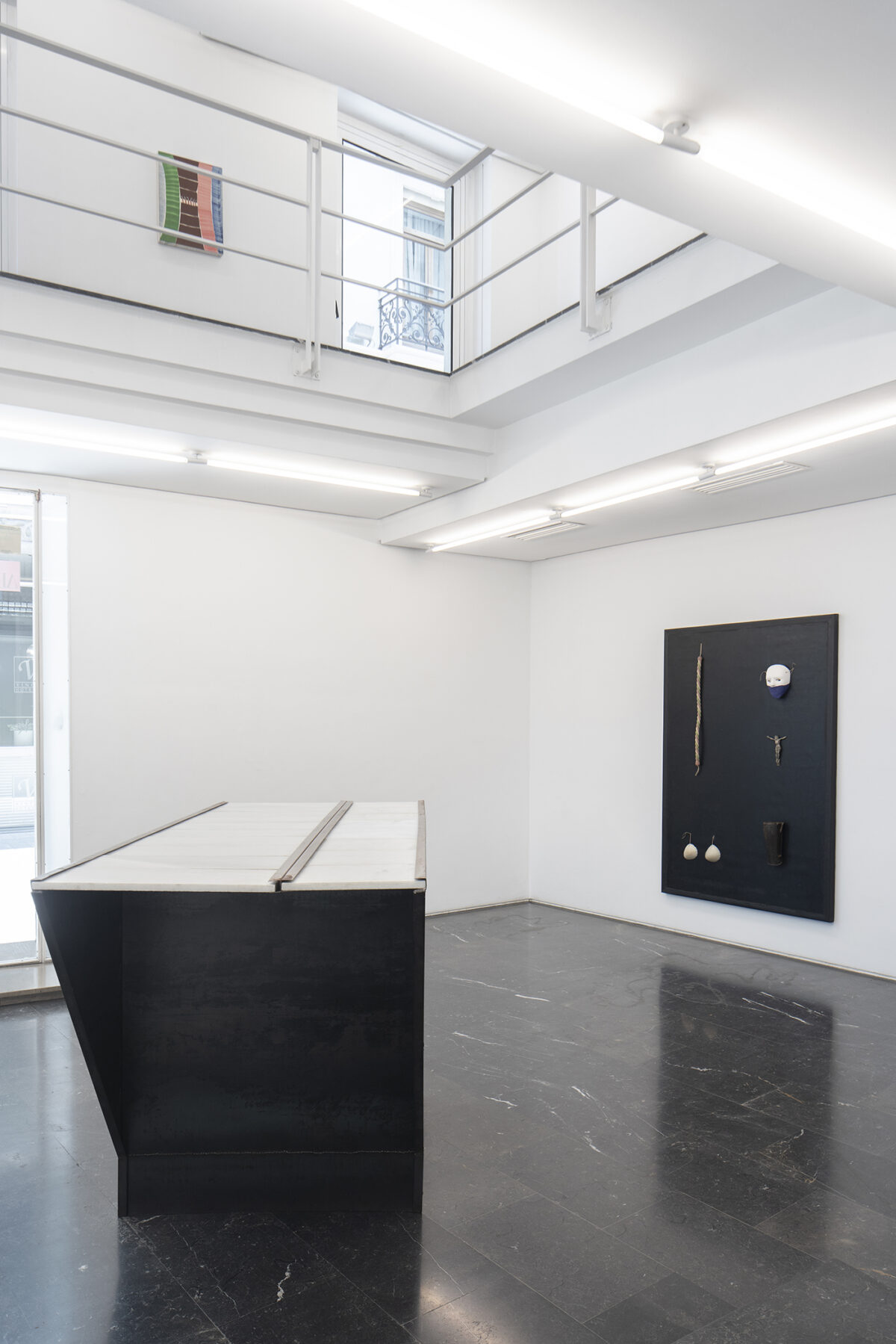
Enséñame a vivir, 2021
Enséñame a vivir, 2021. Room 1 General view

Enséñame a vivir, 2021
Carmen Calvo. Al verles se diría que lloran al dormir, 1999. Mixed media on rubber. 200 x 140 cm
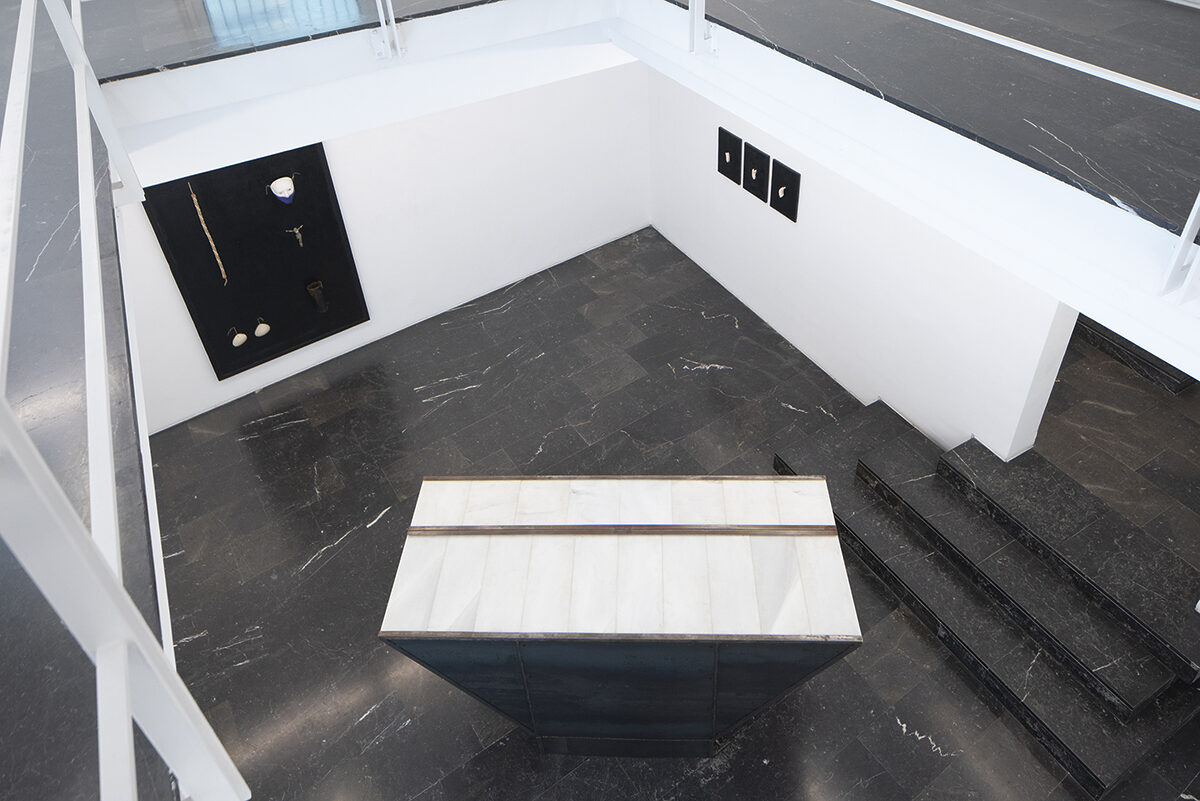
Enséñame a vivir, 2021
Enséñame a vivir, 2021. Room 1 General view

Enséñame a vivir, 2021
Enséñame a vivir, 2021. Room 1 General view

Enséñame a vivir, 2021
Enséñame a vivir, 2021. Room 1 General view

Enséñame a vivir, 2021
Ferrán García Sevilla. Dibujo preparatorio para mural, 1992. Collage and coloured pencils on paper. 26,7 x 23 cm

Enséñame a vivir, 2021
Juan Uslé. Cameo abierto, 1995. Vinyl, dispersion and pigments on canvas. 61 x 46 cm
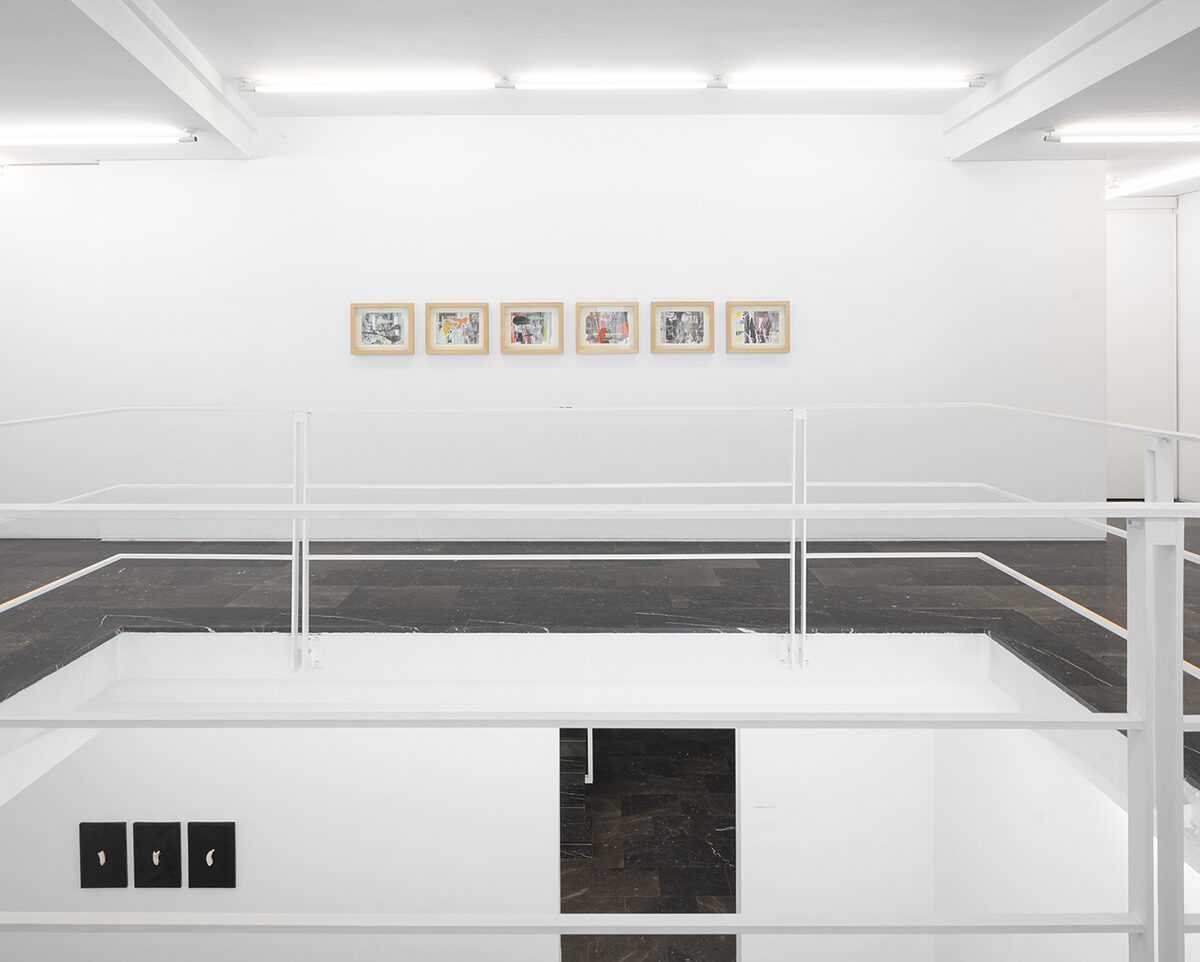
Enséñame a vivir, 2021
Enséñame a vivir, 2021. Room 2. General view

Enséñame a vivir, 2021
Xavier Grau. Sin título, 2000. Mixed media on paper. 36 x 44 x 5 cm
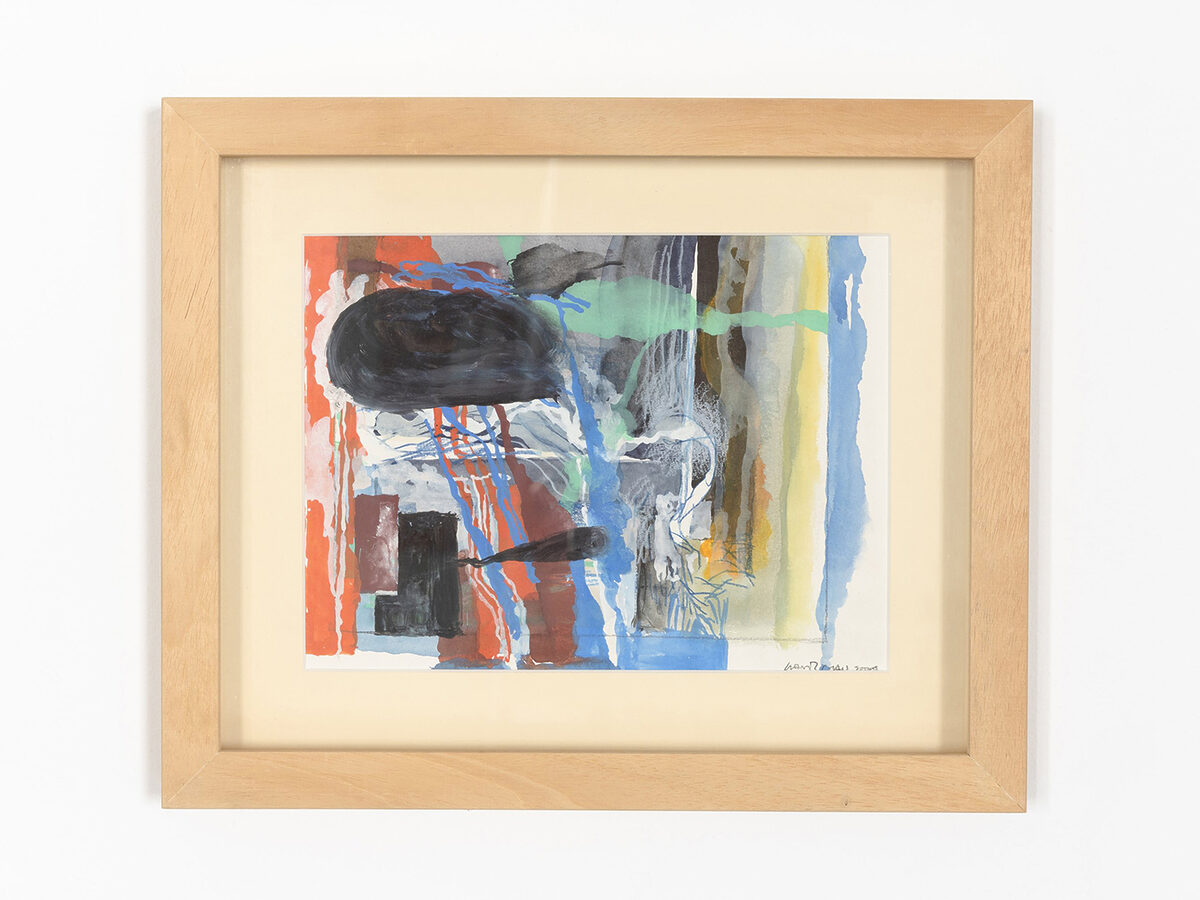
Enséñame a vivir, 2021
Xavier Grau. Sin título, 2000. Mixed media on paper. 36 x 44 x 5 cm

Enséñame a vivir, 2021
Xavier Grau. Sin título, 2000. Mixed media on paper. 36 x 44 x 5 cm
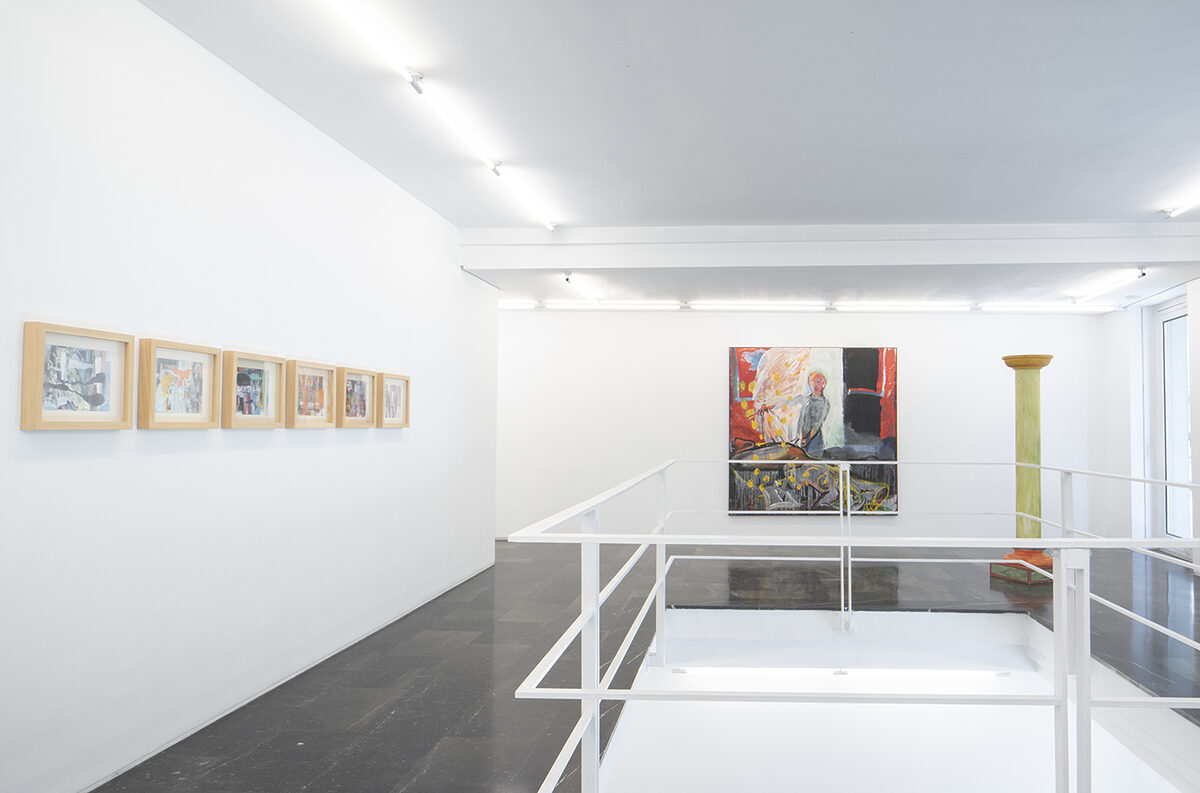
Enséñame a vivir, 2021
Enséñame a vivir, 2021 Sala 2. General view
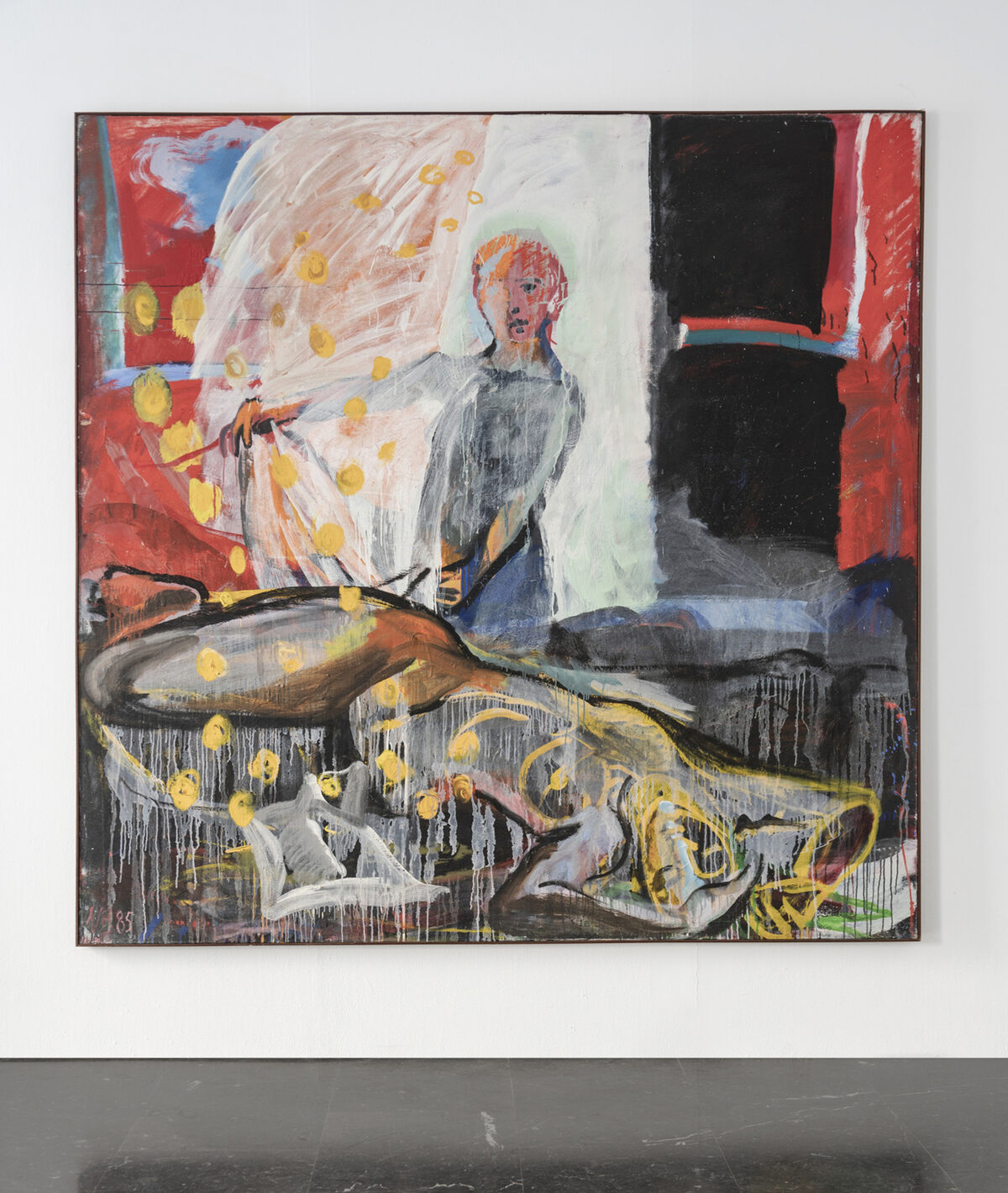
Enséñame a vivir, 2021
Juan Navarro Baldeweg. Danae del velo, 1986. Oil on canvas. 200 x 200 cm
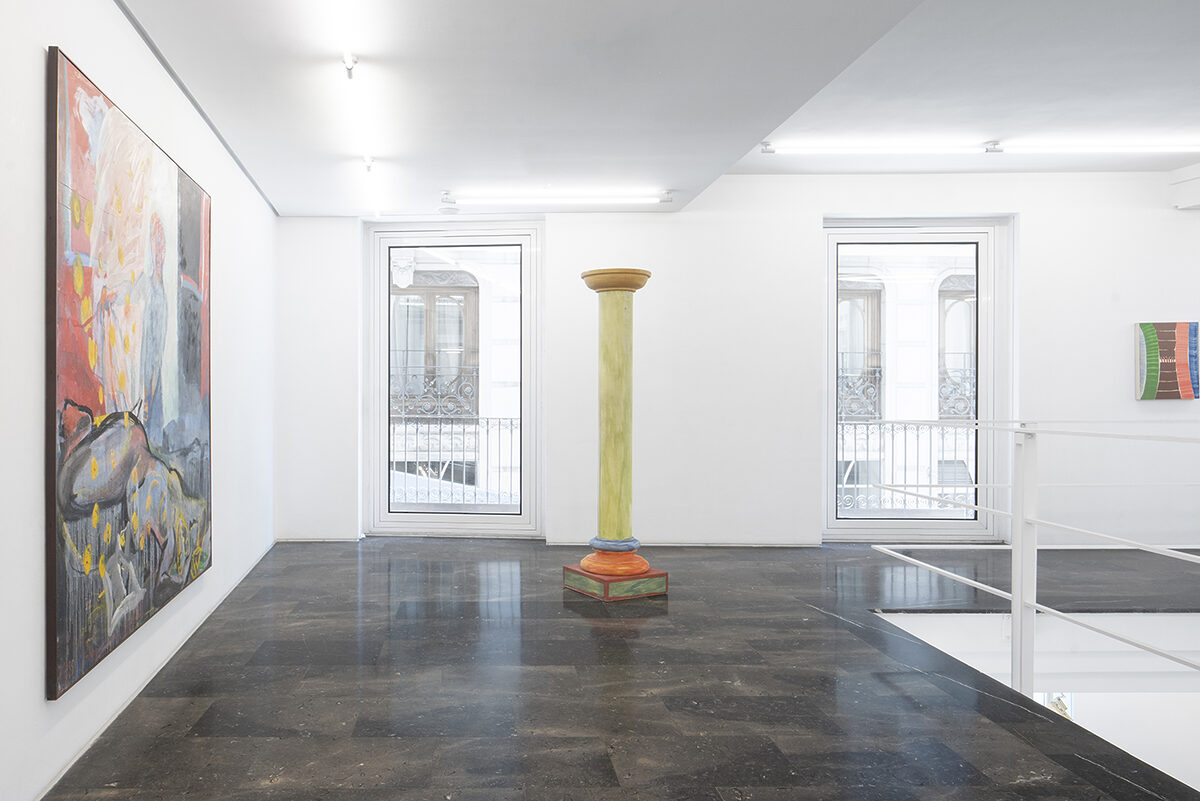
Enséñame a vivir, 2021
Enséñame a vivir, 2021. Room 2. General view
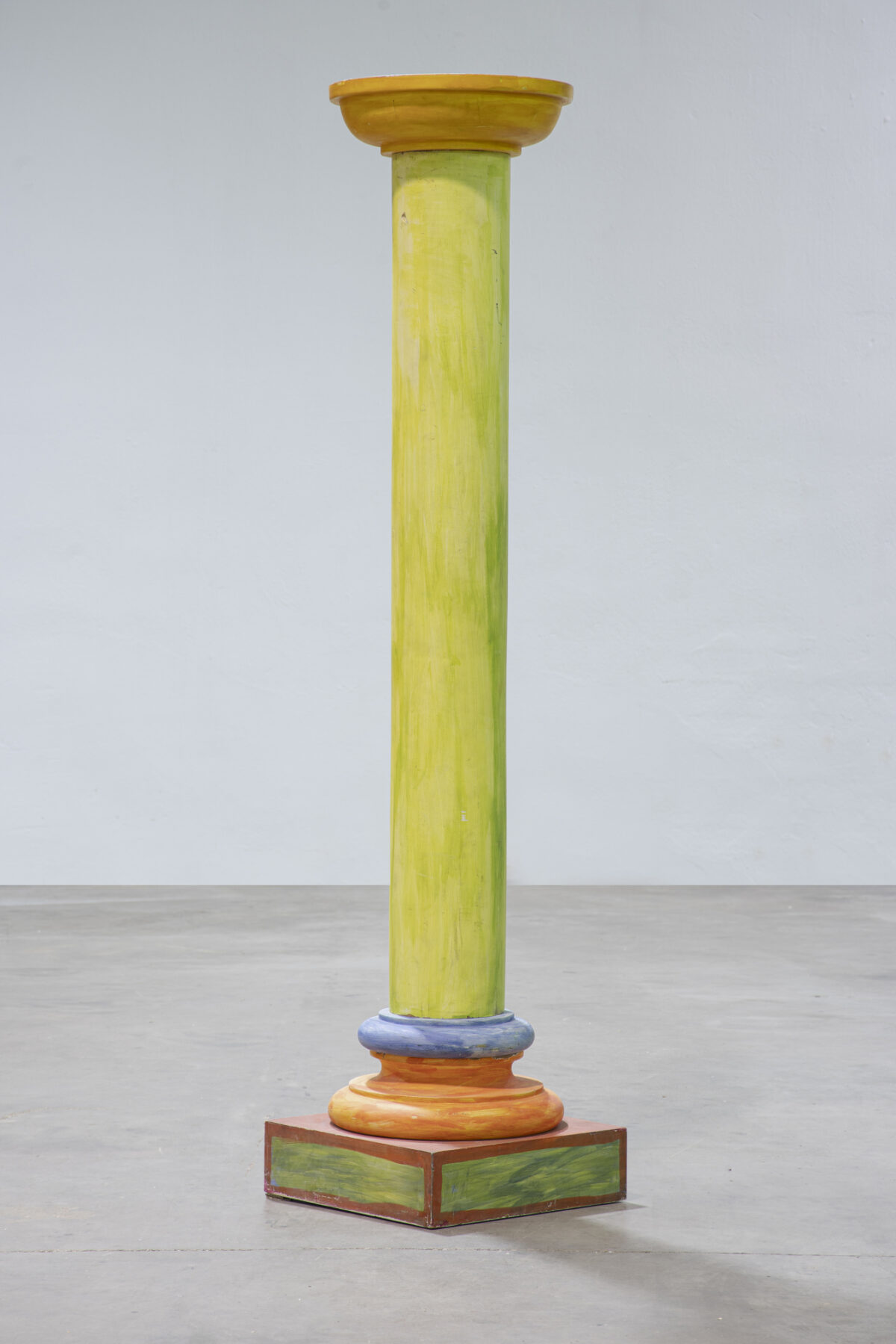
Enséñame a vivir, 2021
José Noguero. Columna de colores, 1995. Mixedmedia, polychrome wood . 206 x 47 x 47 cm

Enséñame a vivir, 2021
Enséñame a vivir, 2021. Room 3. General view
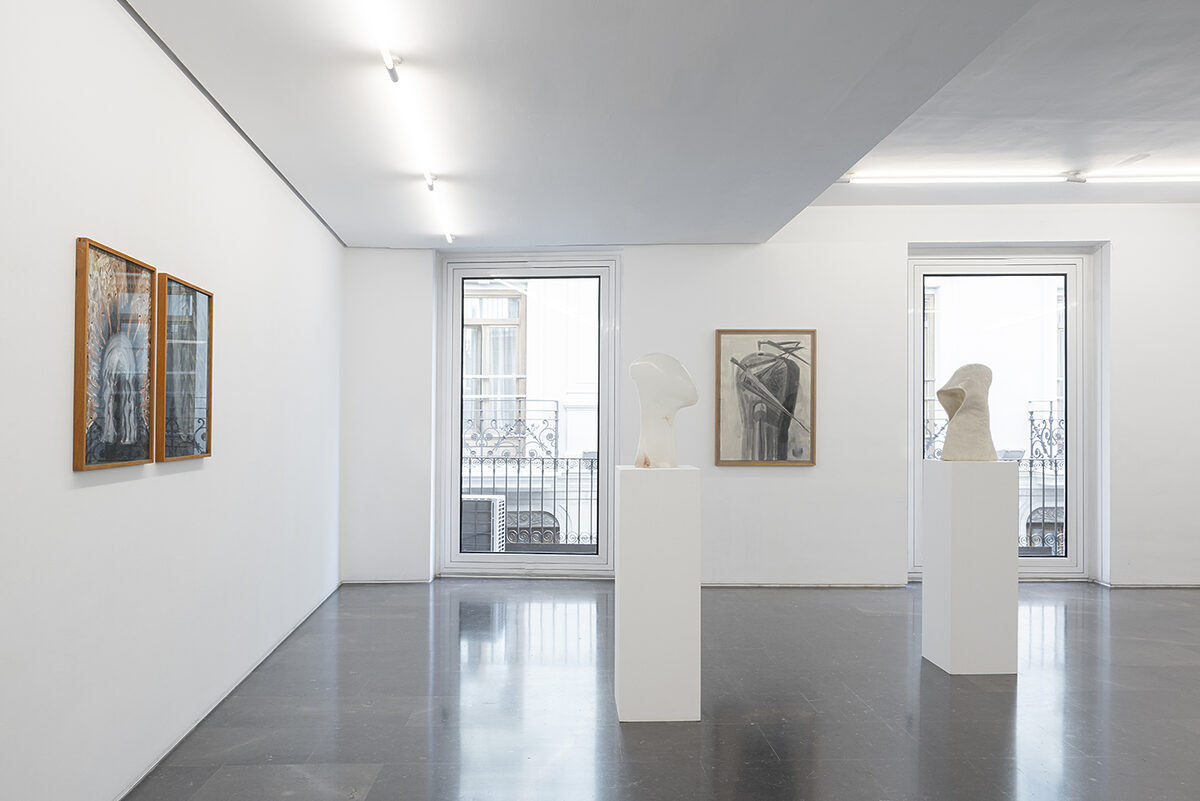
Enséñame a vivir, 2021
Enséñame a vivir, 2021. Room 3. General view
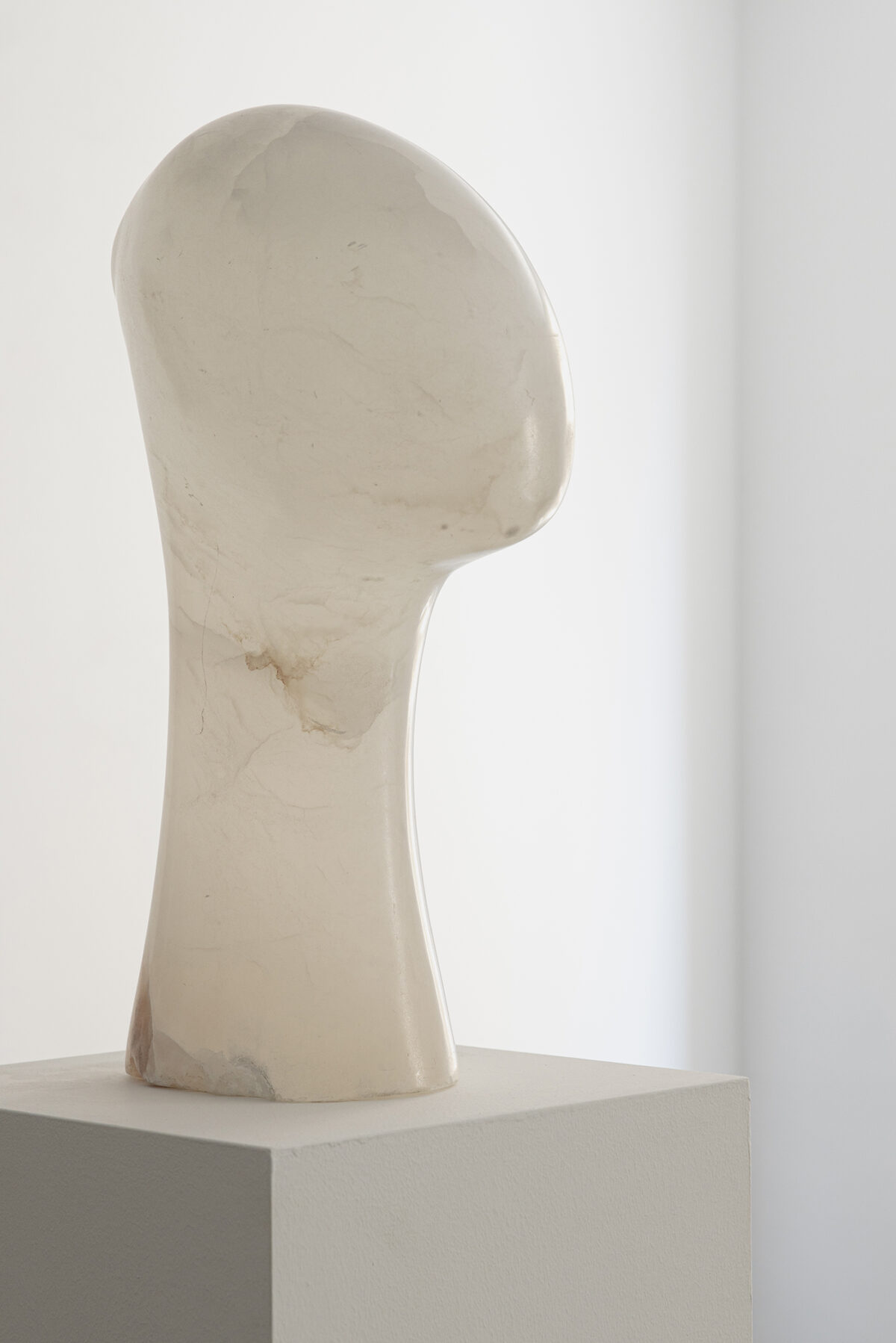
Enséñame a vivir, 2021
Eva Lootz. Ellas (Pareja II), 1992. Alabaster, felt with paraffin. Measurements Variable
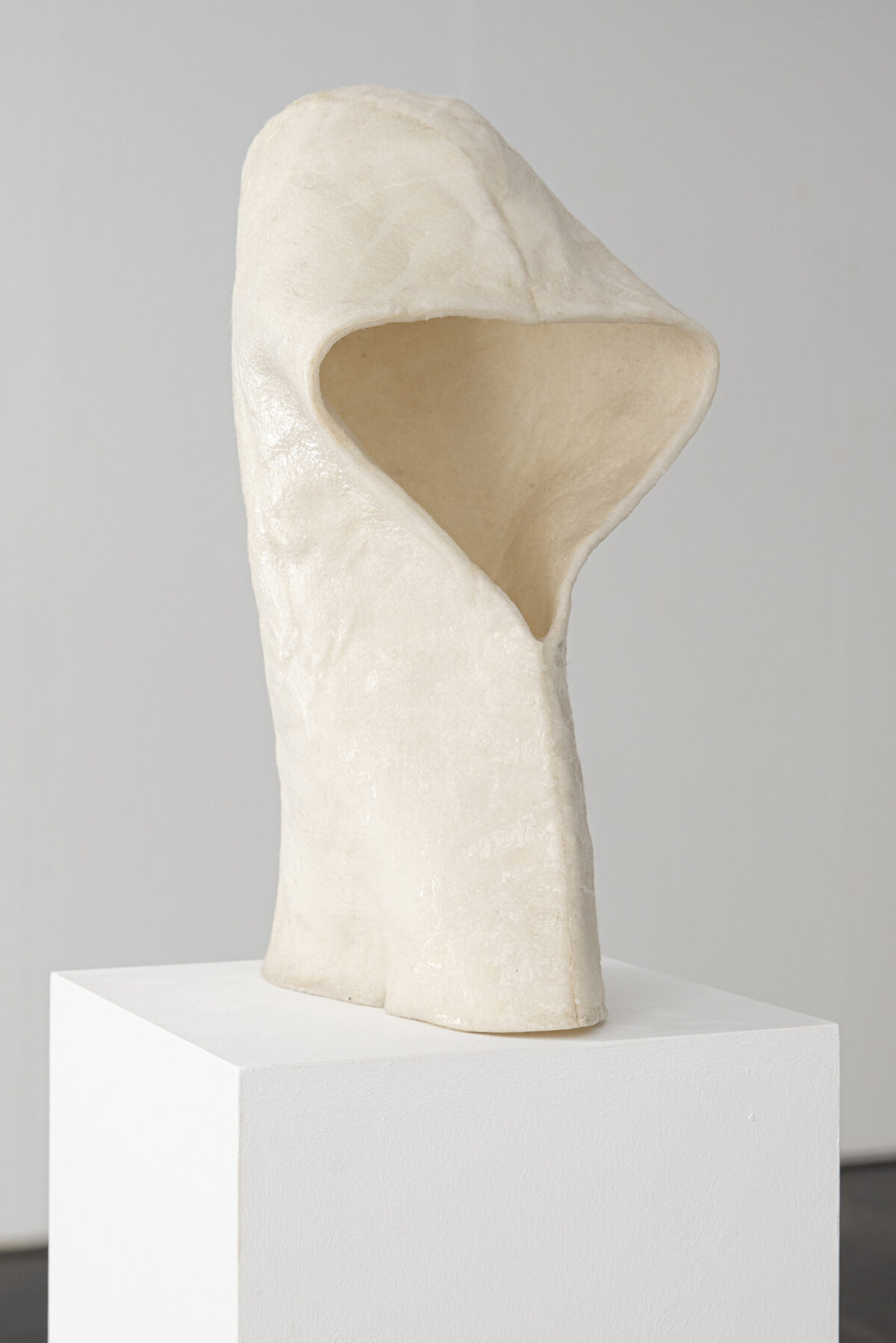
Enséñame a vivir, 2021
Eva Lootz. Ellas (Pareja II), 1992. Alabaster, felt with paraffin. Measurements Variable
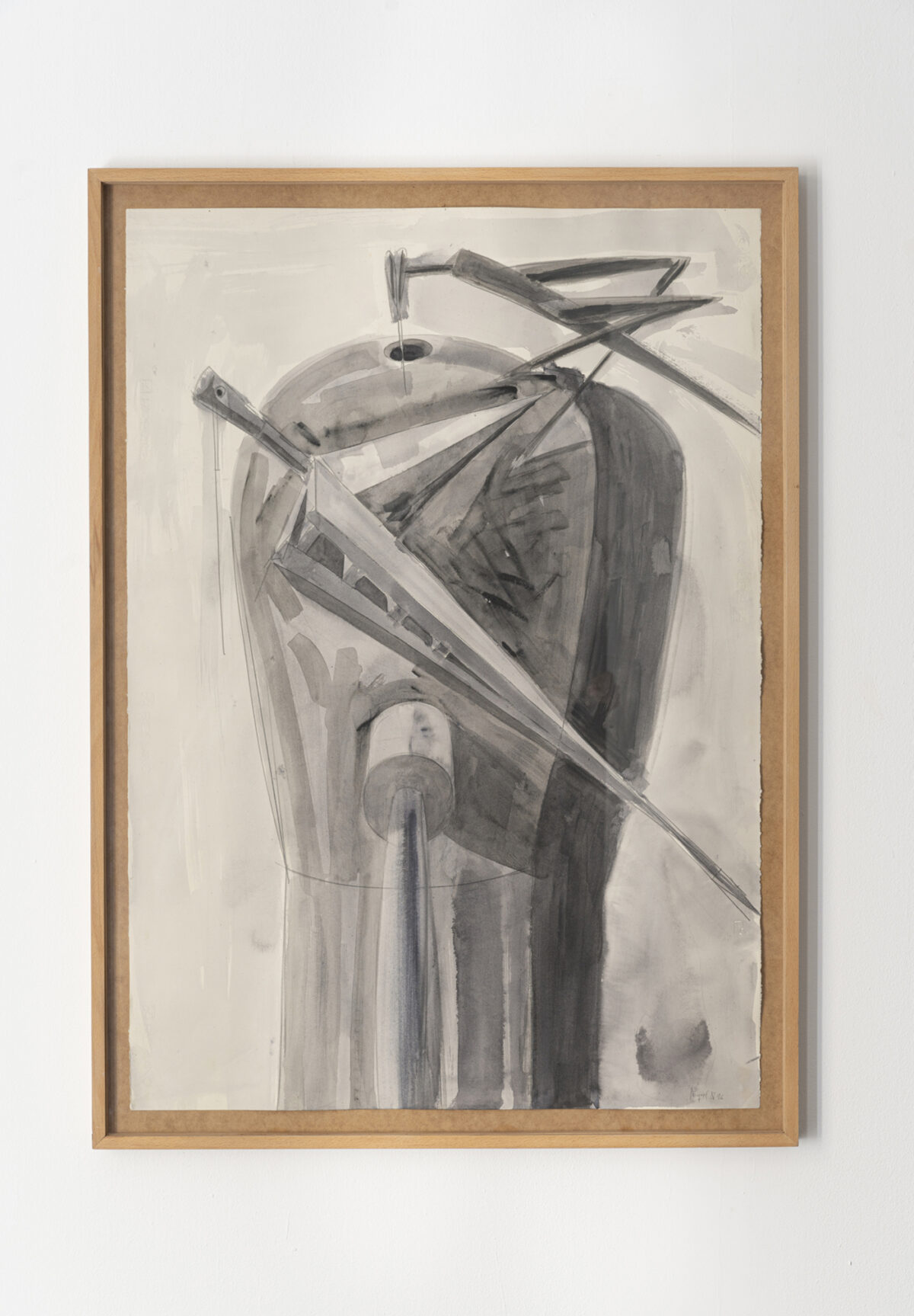
Enséñame a vivir, 2021
Miquel Navarro. Neura I, 1996. Watercolour on paper. 108 x 78 x 4 cm
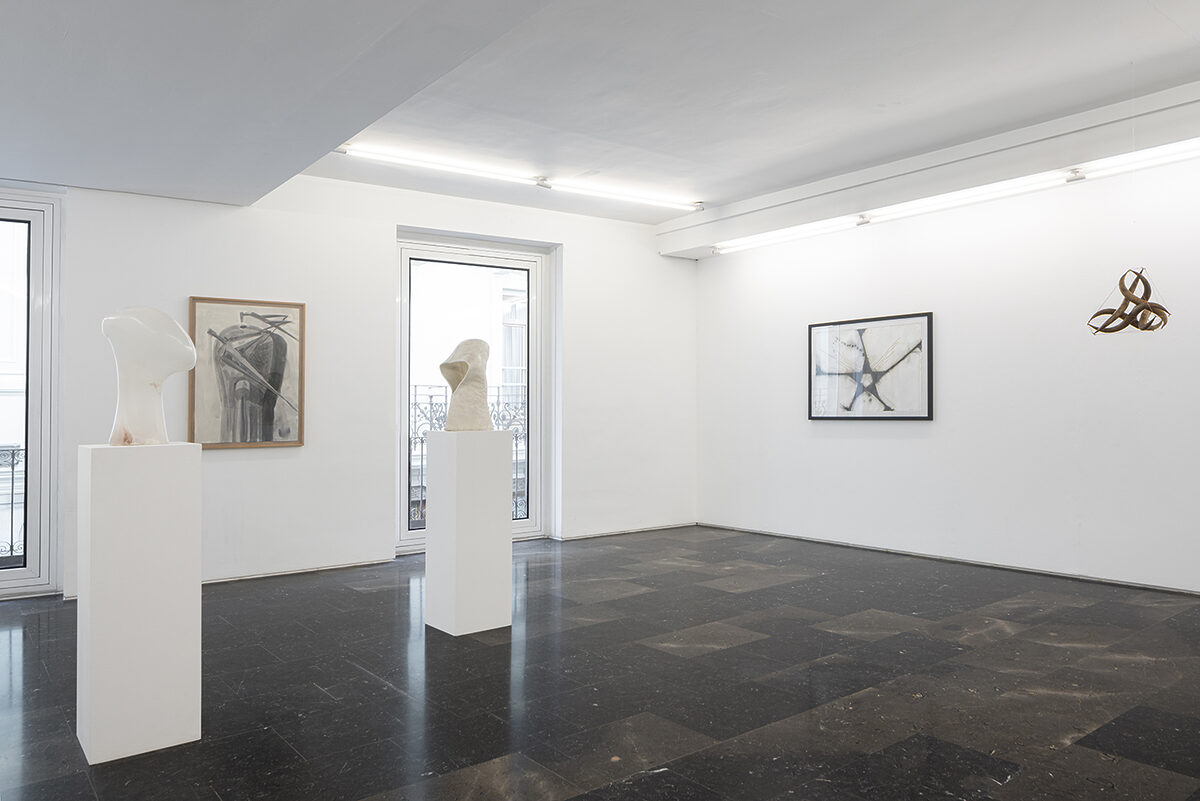
Enséñame a vivir, 2021
Enséñame a vivir, 2021. Room 3. General view
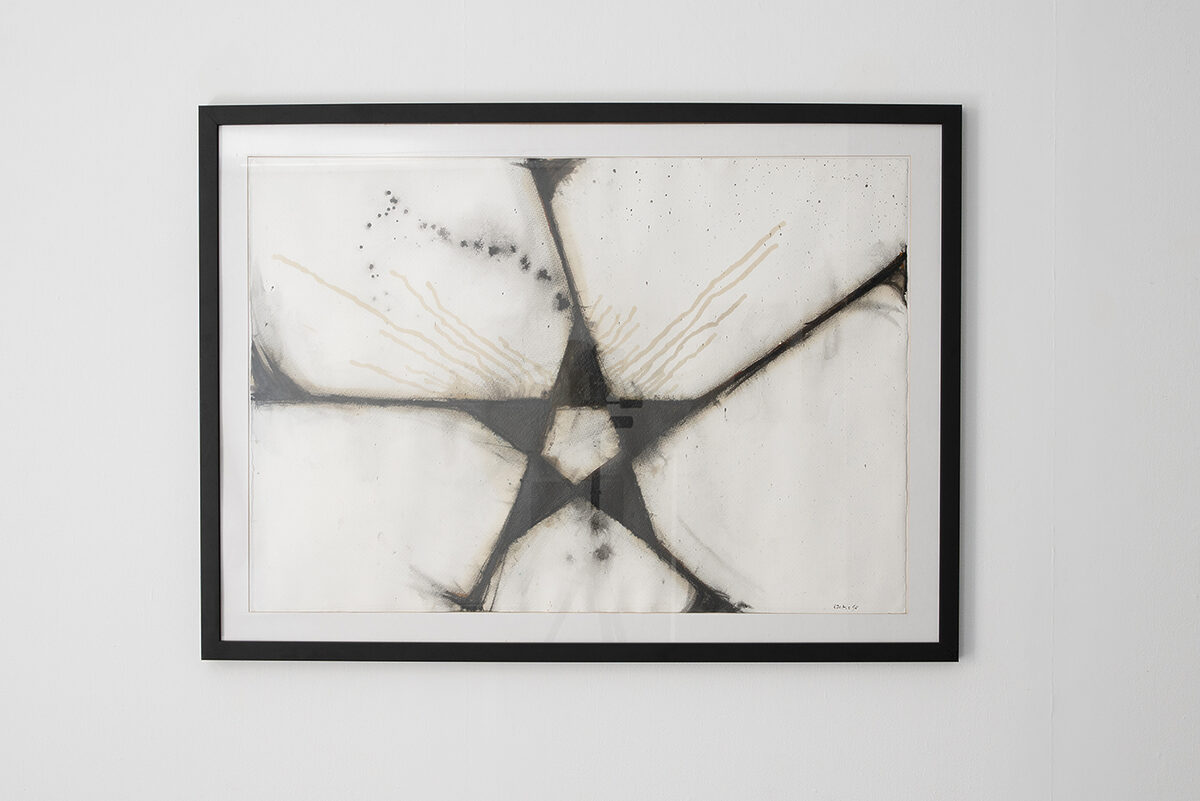
Enséñame a vivir, 2021
Gilberto Zorio. Sin título, 1995. Mixed media on paper. 90 x 117 cm

Enséñame a vivir, 2021
Adolfo Schlosser. Araña, 1996. Paraffin and copper. 45 x 45 x 45 cm
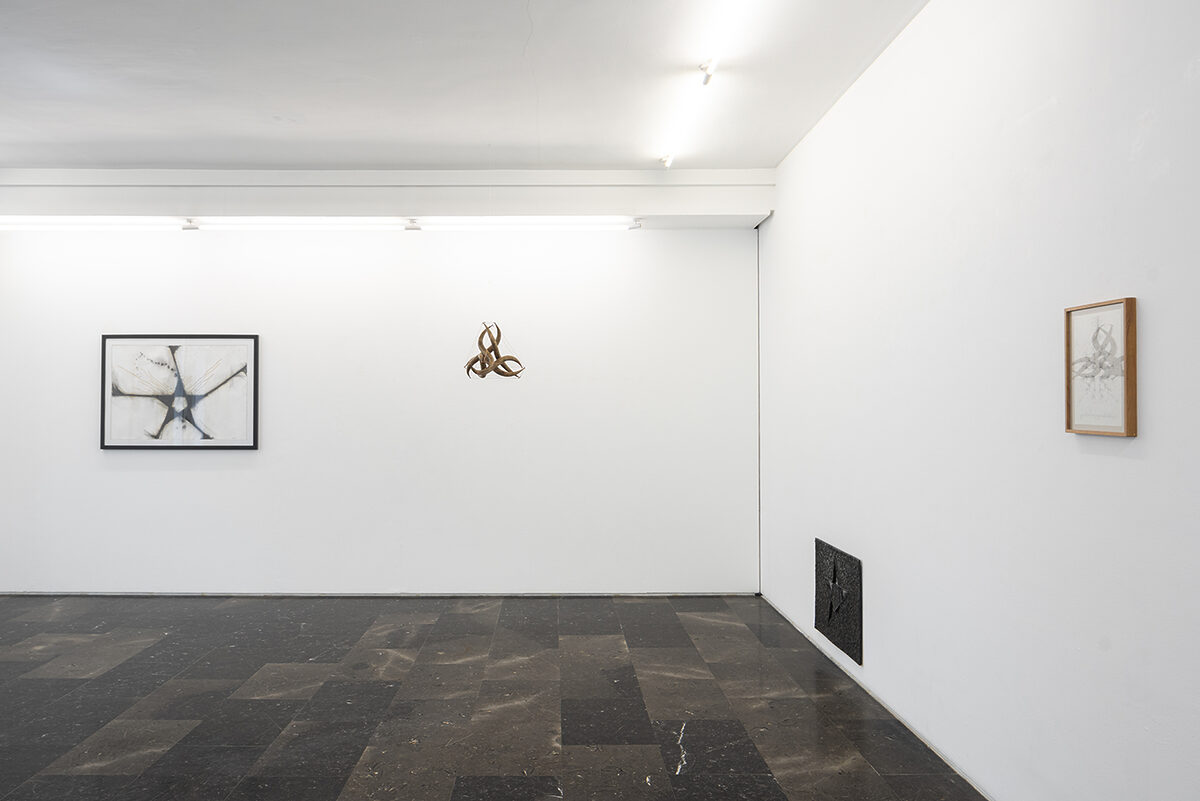
Enséñame a vivir, 2021
Enséñame a vivir, 2021. Room 3. General view
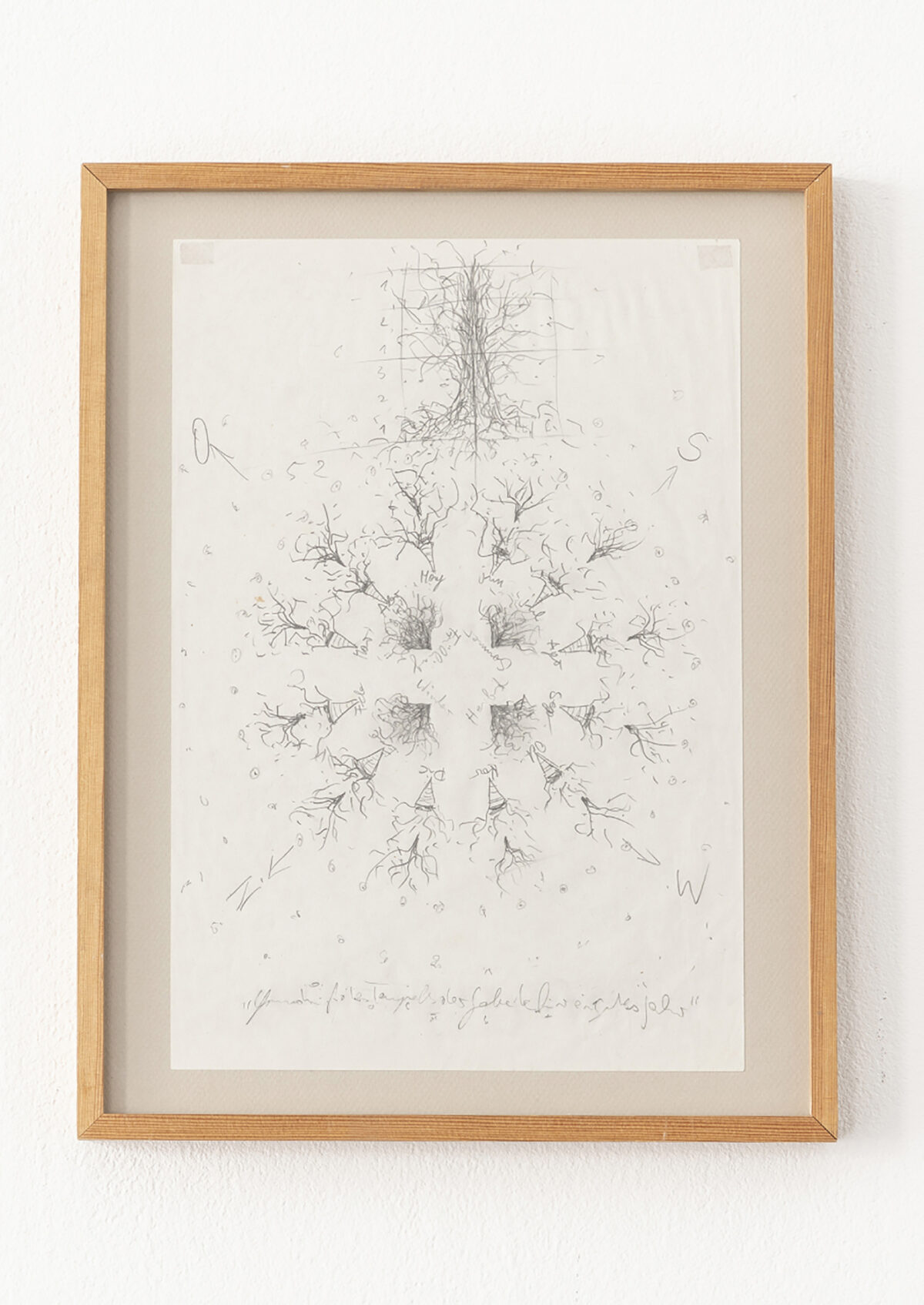
Enséñame a vivir, 2021
Adolfo Schlosser. Boveda, 1994. Graphite on paper. 31 x 21,5 cm
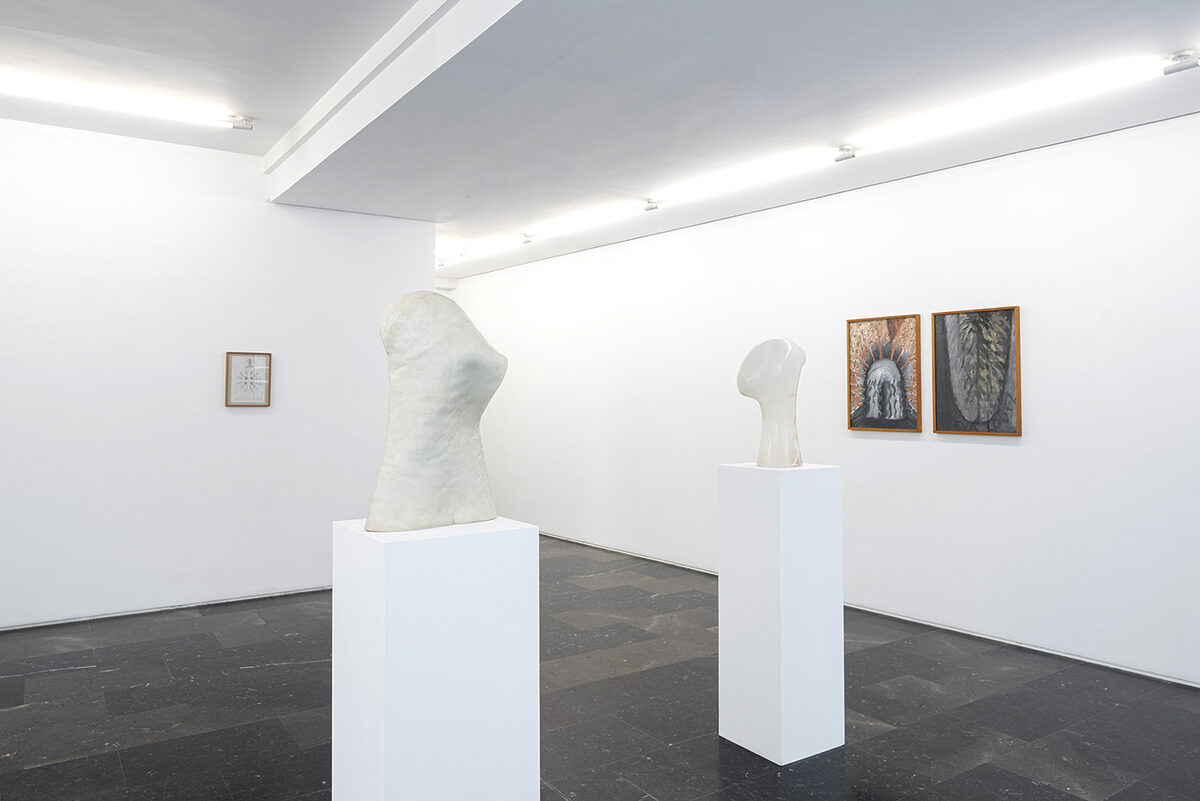
Enséñame a vivir, 2021
Enséñame a vivir, 2021. Room 3. General view
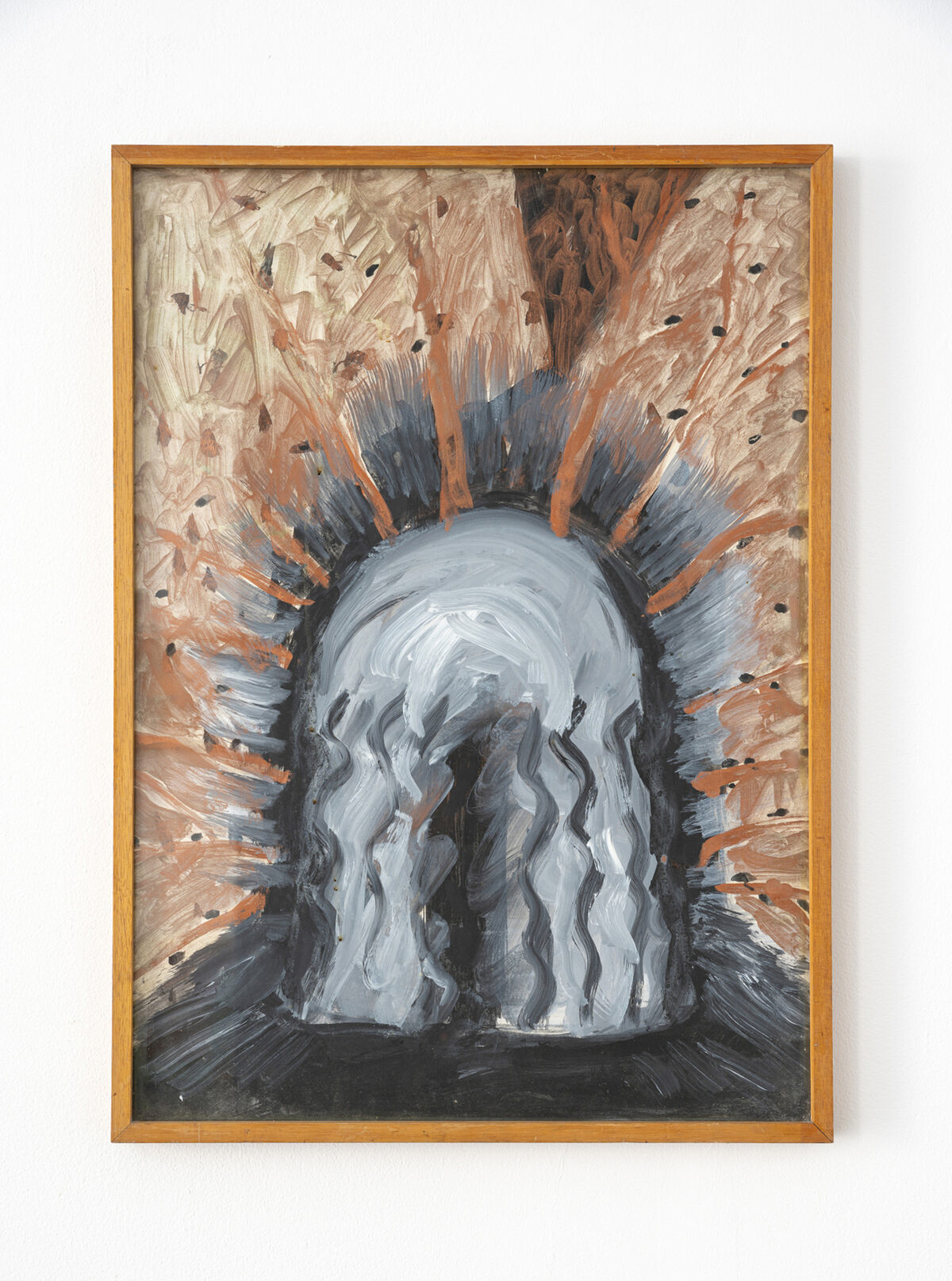
Enséñame a vivir, 2021
Eva Lootz. Untitled, 1992. Acrylic on paper. 82 x 62 cm

Enséñame a vivir, 2021
Eva Lootz. Untitled, 1992. Acrylic on paper. 82 x 62 cm
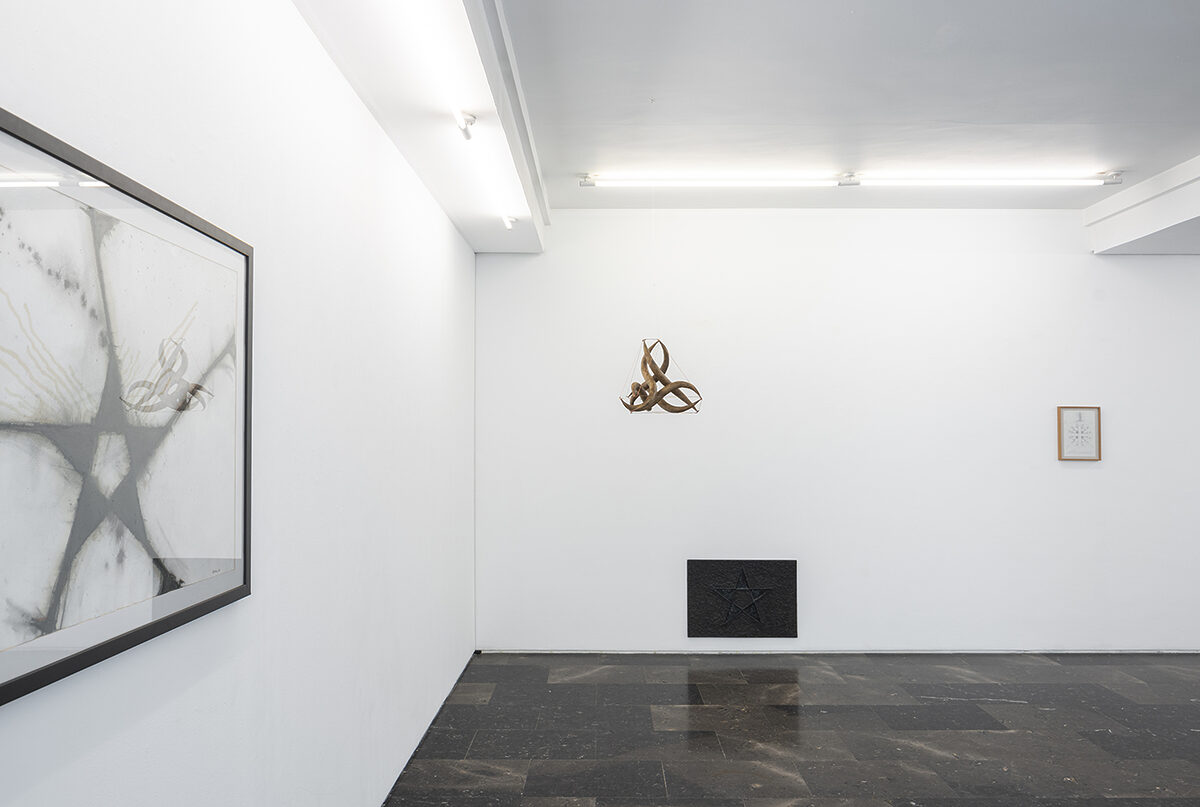
Enséñame a vivir, 2021
Enséñame a vivir, 2021. Room 3. General view

Enséñame a vivir, 2021
Gilberto Zorio. Sin título, 1995. Baked clay. 52 x 75 cm
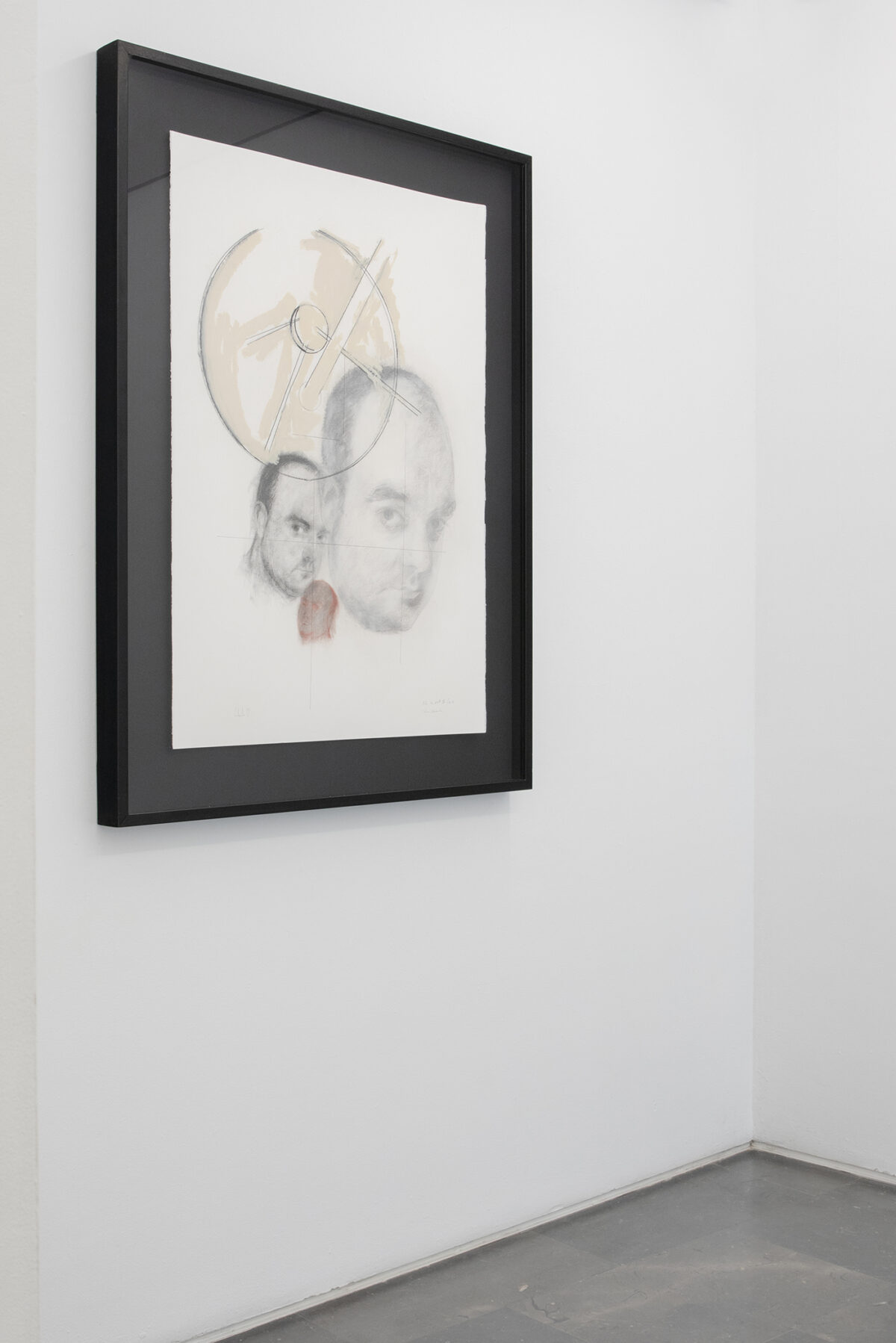
Enséñame a vivir, 2021
Pedro Cabrita Reis. Echo of the World III, 1993. Mixed media on paper. 100 x 70 cm.
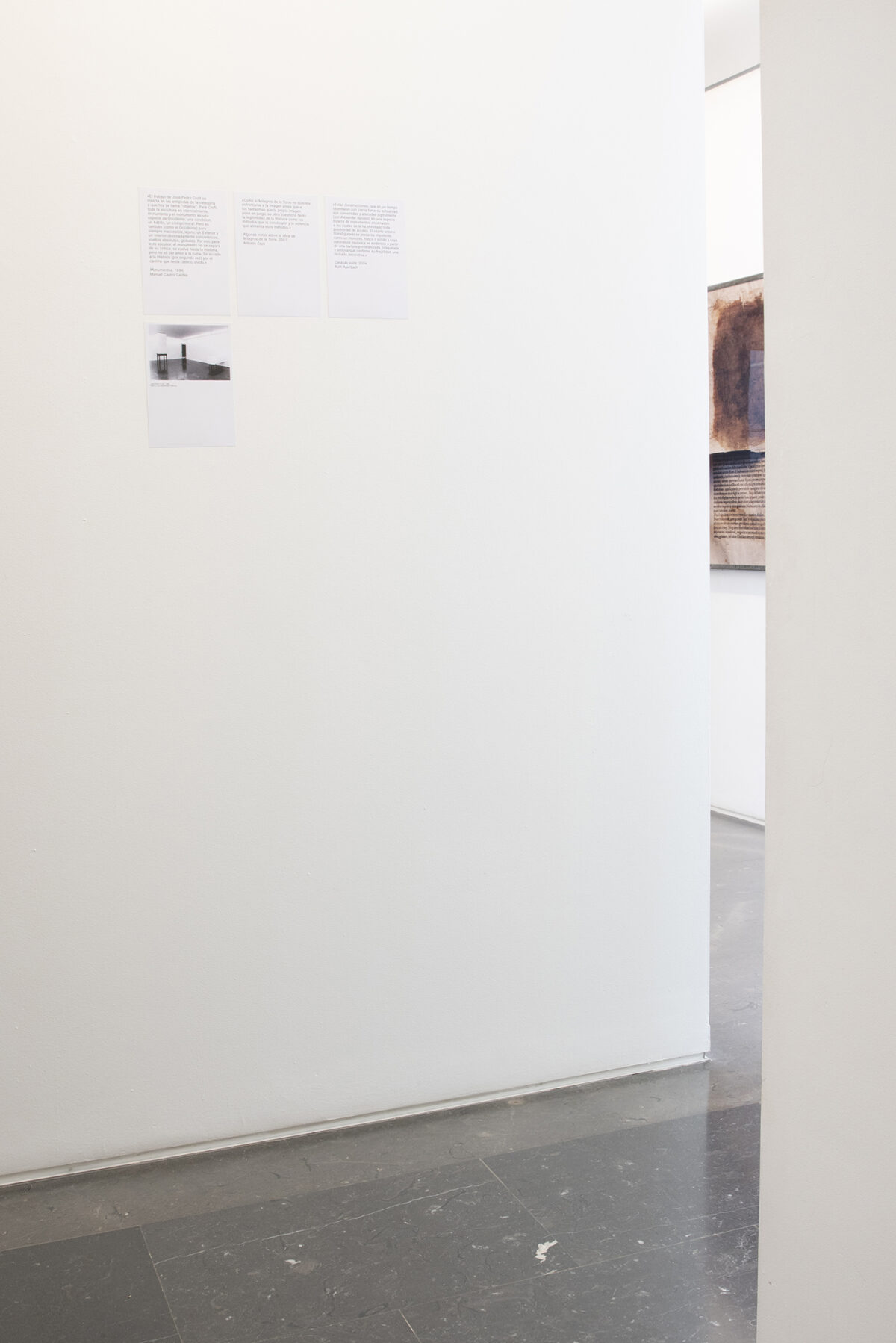
Enséñame a vivir, 2021
Enséñame a vivir, 2021. Room 4. General view
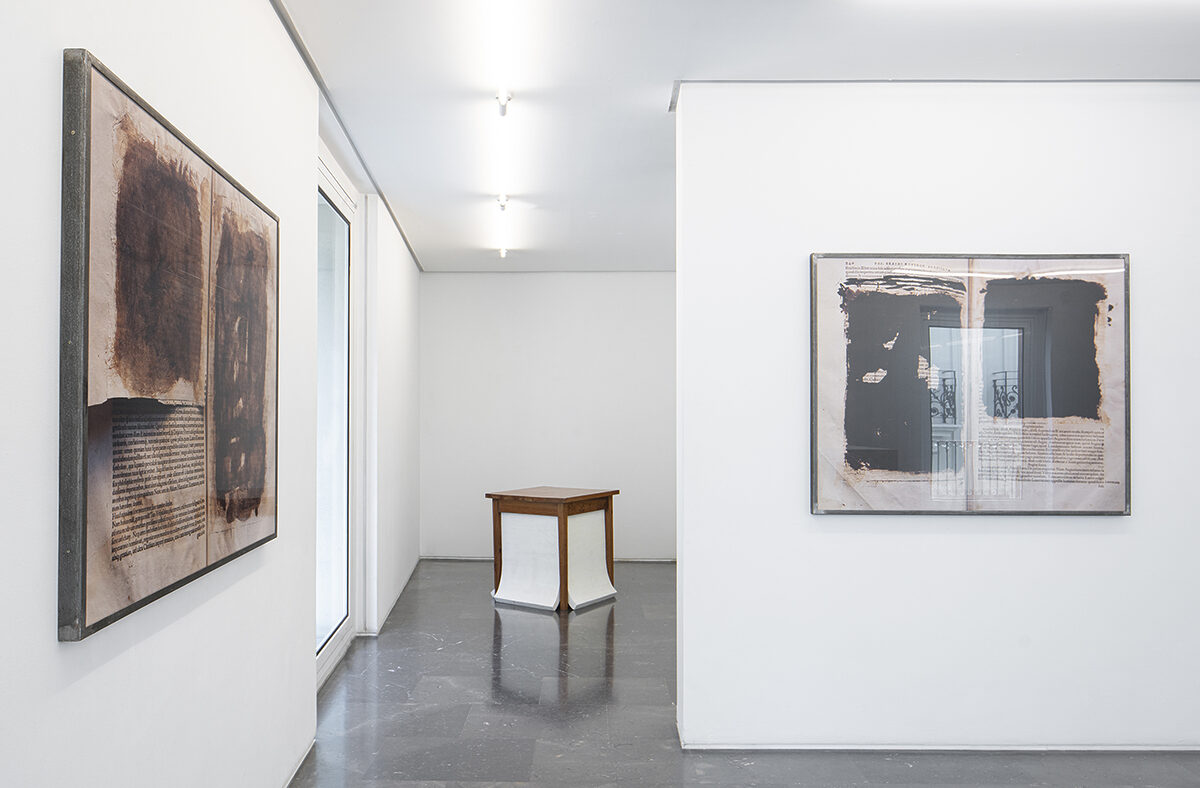
Enséñame a vivir, 2021
Enséñame a vivir, 2021. Room 4. General view
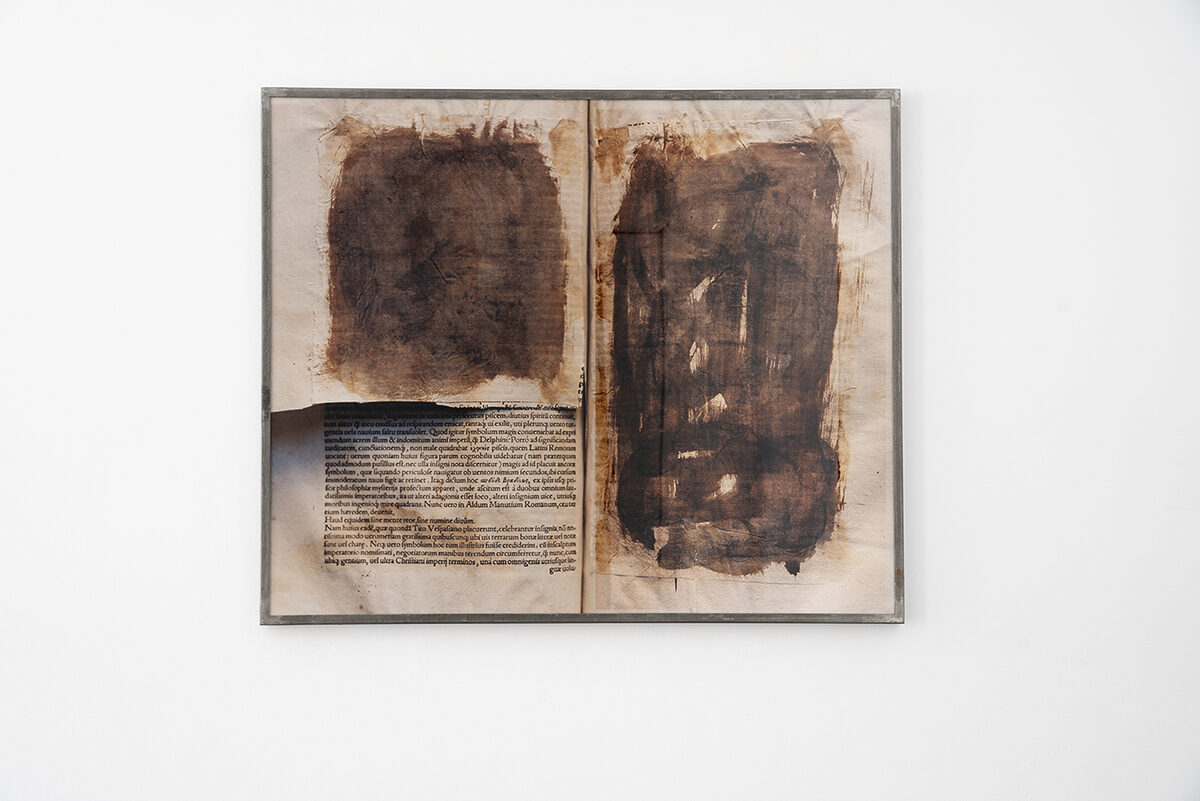
Enséñame a vivir, 2021
Milagros de la Torre. Censurados 1, 2000. Chromogenic printing / iron frame . 102 x 120 cm
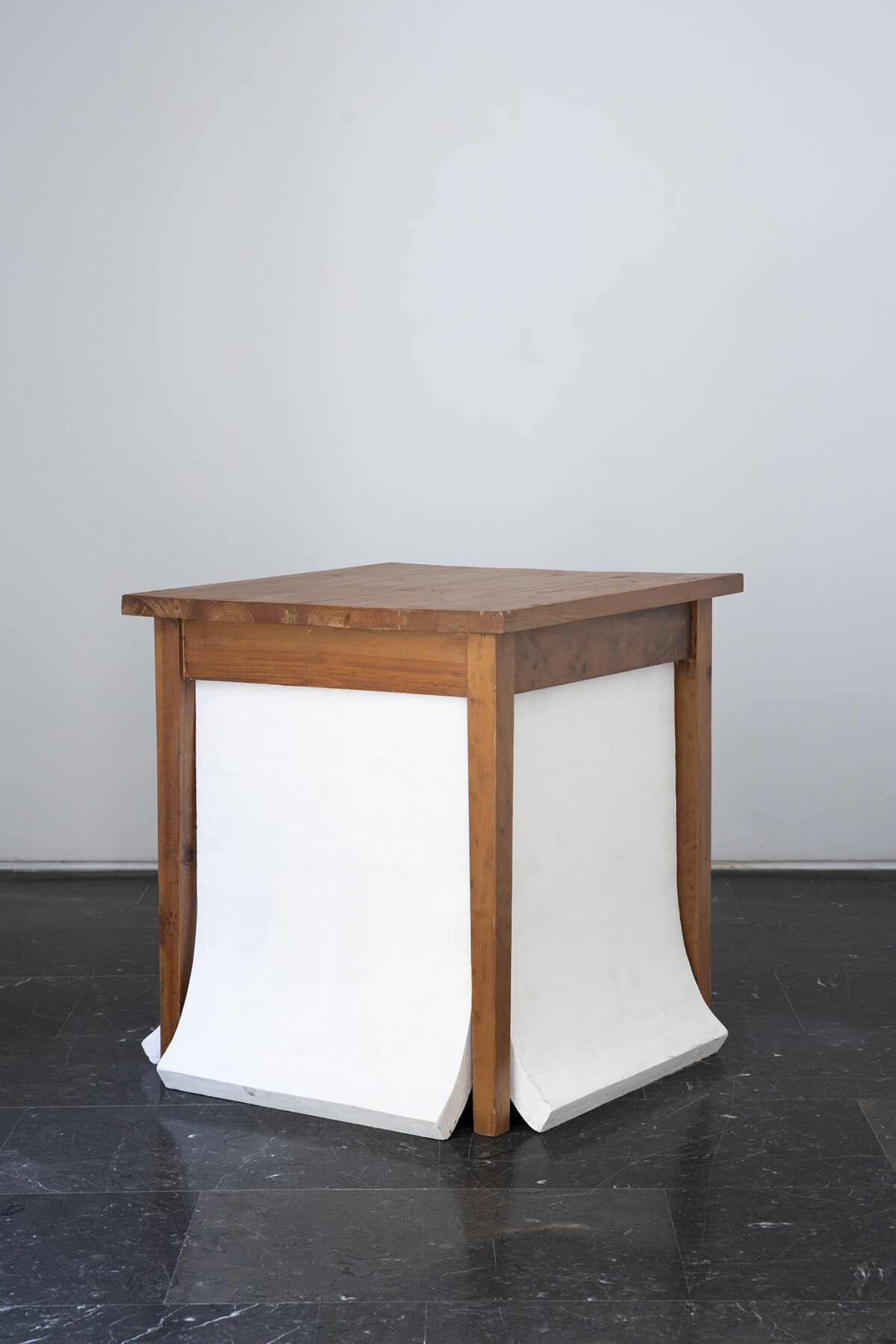
Enséñame a vivir, 2021
José Pedro Croft. Sin título, 1994. Plaster and wooden table. 78 x 70 x 70 cm
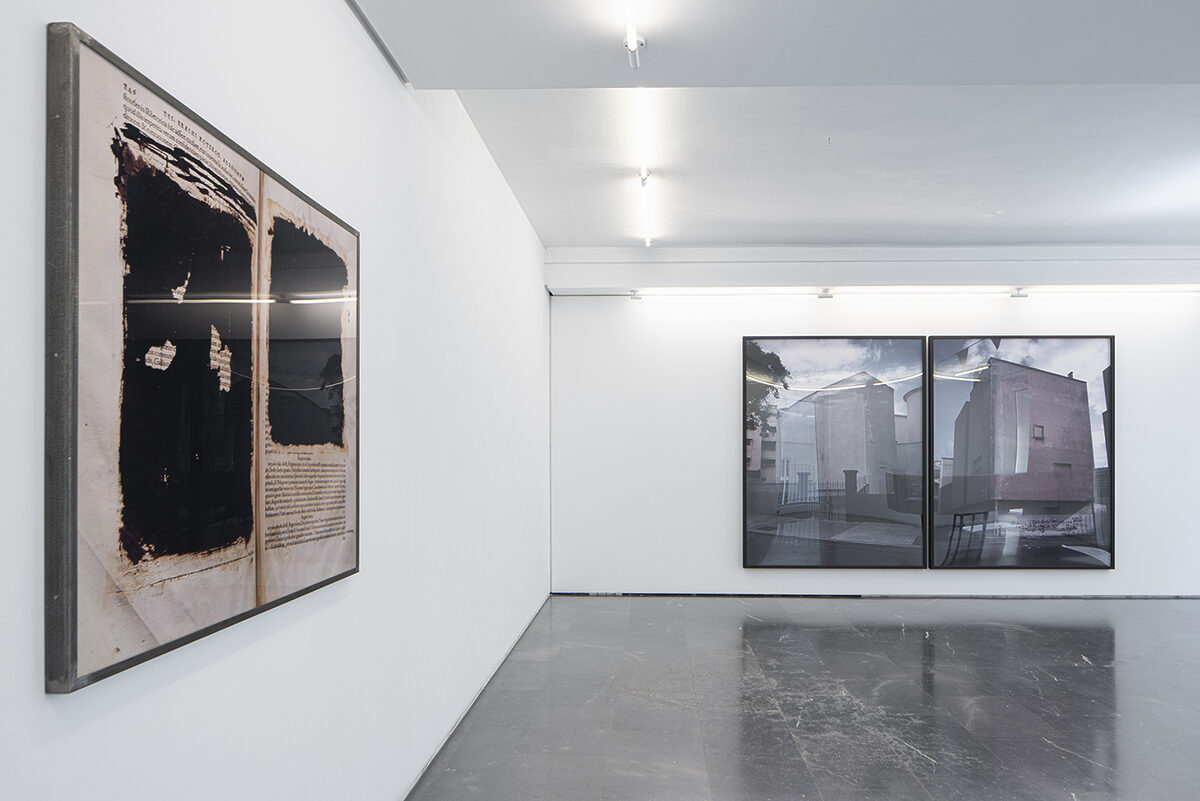
Enséñame a vivir, 2021
Enséñame a vivir, 2021. Room 4. General view
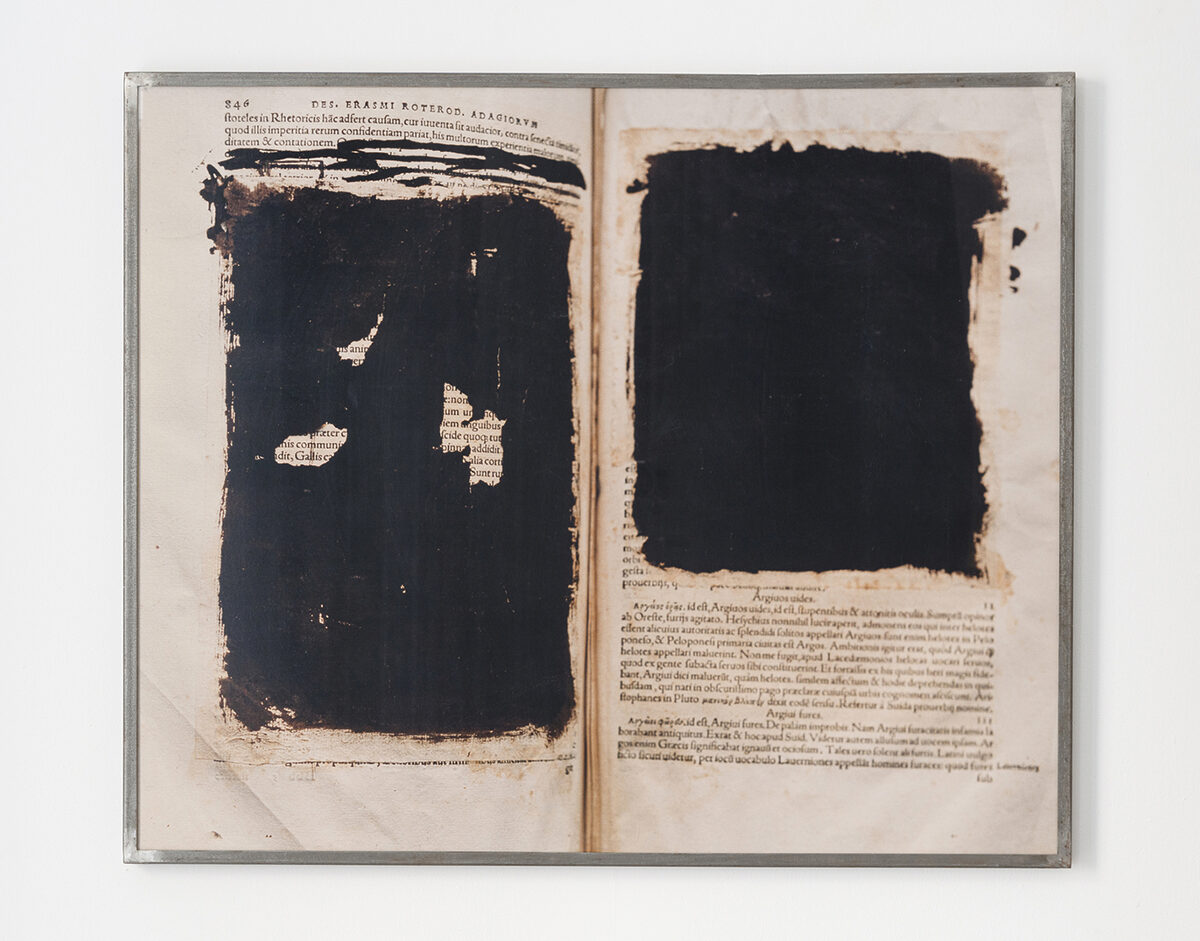
Enséñame a vivir, 2021
Milagros de la Torre. Censurados 1, 2000. Chromogenic printing / iron frame . 102 x 120 cm
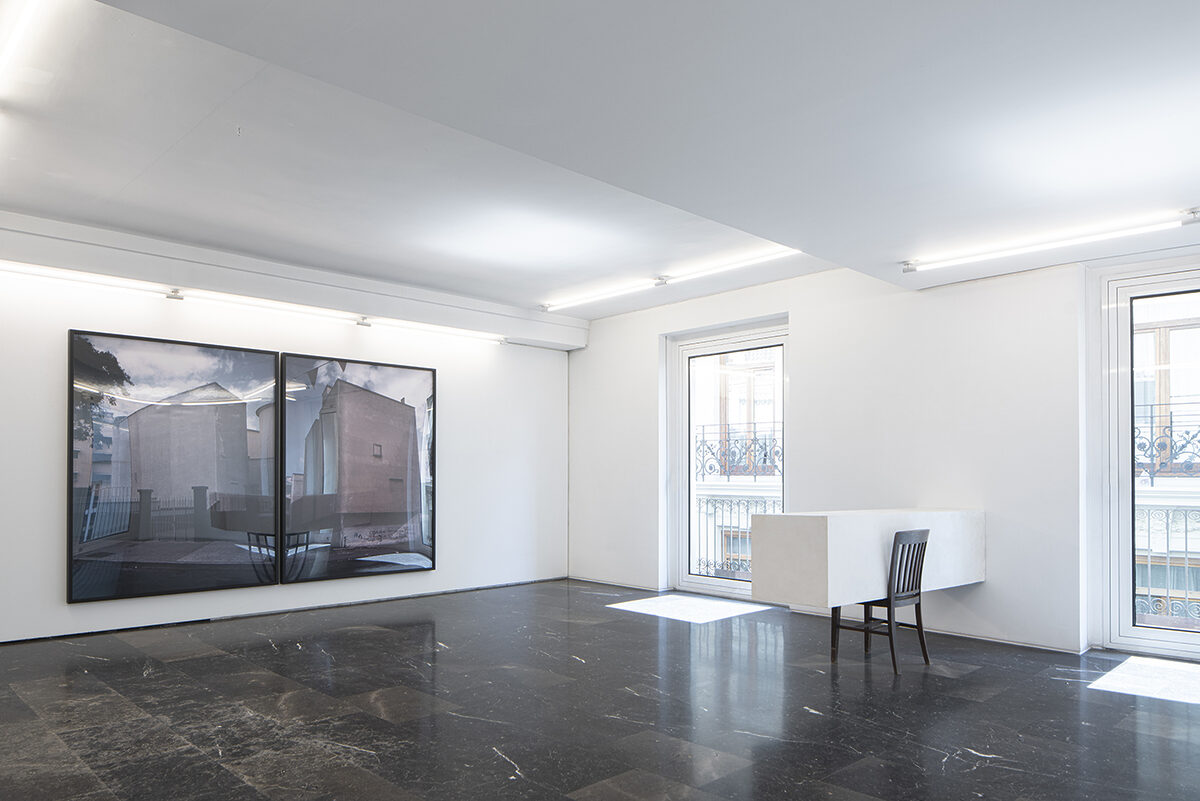
Enséñame a vivir, 2021
Enséñame a vivir, 2021. Room 1.General view
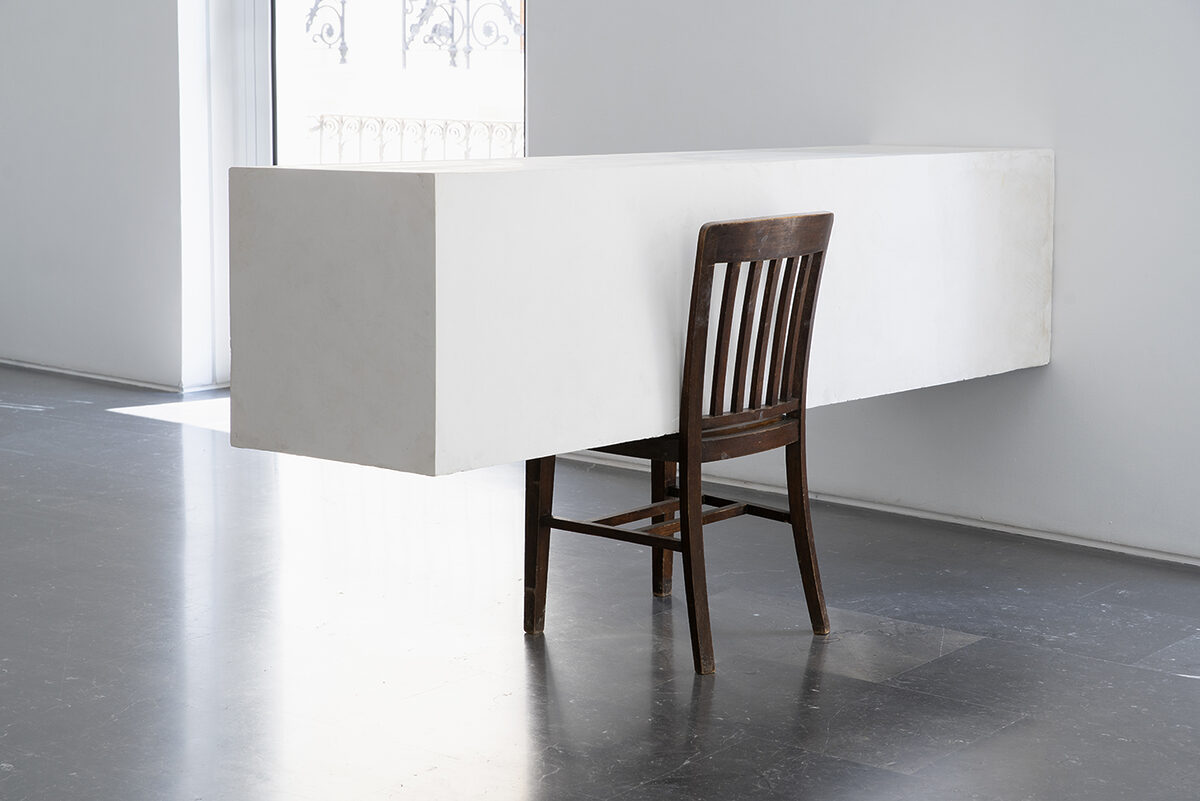
Enséñame a vivir, 2021
José Pedro Croft. Sin título XVI, 1995. Plaster and wooden chair . 96 x 200 x 85 cm
Text
Alexander Apóstol, Pedro Cabrita Reis, Carmen Calvo, José Pedro Croft, Milagros De La Torre, Ferrán García Sevilla, Xavier Grau, James Lee Byars, Eva Lootz, Miquel Navarro, Juan Navarro Baldeweg, José Noguero, Adolfo Schlosser, Susana Solano, Juan Uslé, Gilberto Zorio